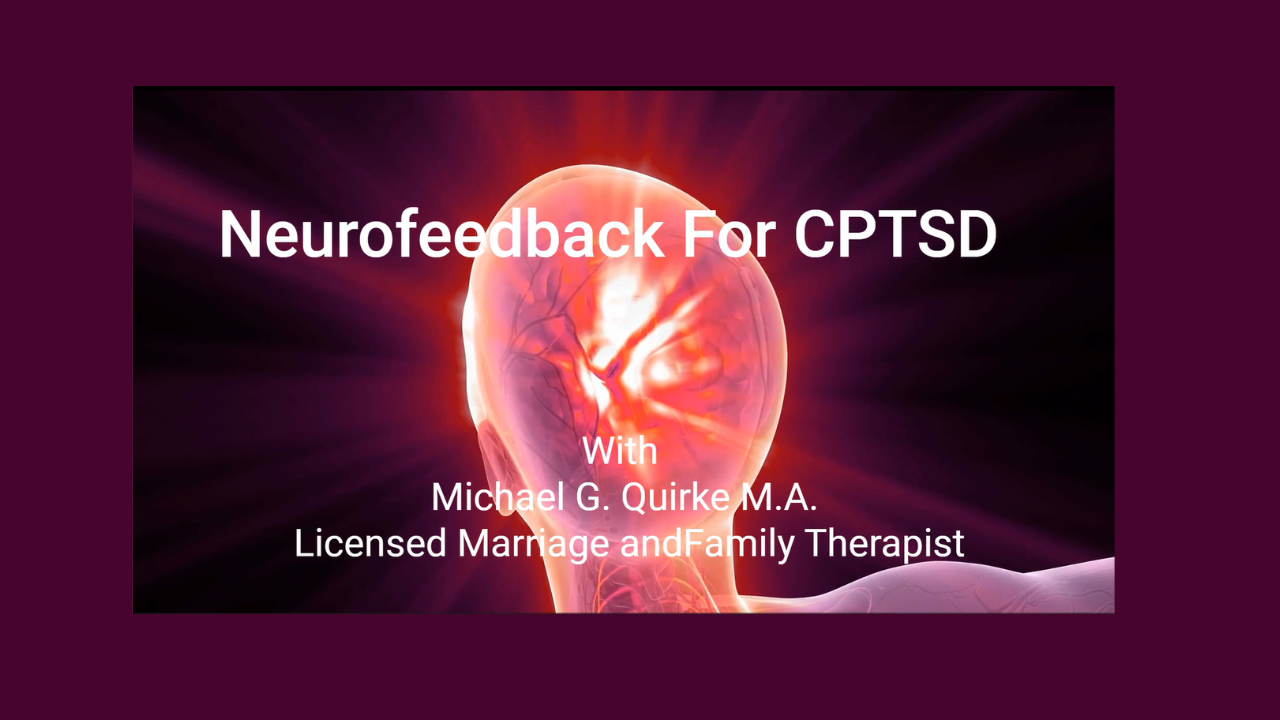Neurofeedback Therapy: Why Do Some Choose This Modality Over Other Treatment Methods?
When we need help with our mental health, there are many treatment options available.
Talk therapy and medication are traditionally two of the most popular tools out there. However, do they really work for everyone in finding relief from symptoms and making real change?
It turns out that some people choose a different path by utilizing neurofeedback therapy instead.
Why do they choose this modality over other treatment methods?
The answer may surprise you.
The Limitations of Talk Therapy
Let’s be clear, talk therapy is a very useful tool for treating mental health issues. Talking about our concerns, fears, and what’s bothering you is an important part of any therapeutic journey.
However, talk therapy can have its limitations too. That’s because talking doesn’t always lead to action and change.
You may sit in session, spinning in metaphorical circles, but never reach a point where change occurs. Nor do you see relief of symptoms. There seems to be this disconnect between intent and action that does not always get addressed in talk therapy.
The Concerns about Medications
Another tool in the therapeutic toolbox that gets a lot of use is medication. Again, it’s important to note that medication can be useful for some people who struggle with certain symptoms and need relief.
However, medication is only meant, in many cases, to be a stopgap. In other words, it helps you to clear the fog in your brain long enough for other treatment methods to be successful.
Also, there is always the worry that you could become dependent on medications. So, what can you do if you’re struggling with severe symptoms?
The Power of Neurofeedback Therapy
Neurofeedback can be the stepping-stone between desire, intent, and making real changes. How is this possible?
Neurofeedback therapy allows you to study in-depth your neuropathways and how you process information. That information, in turn, permits you to train your brain and create new thought patterns. These patterns can help you to find relief for your symptoms and lift the curtain from whatever problem has been affecting you.
Thus, it’s the bridge between initial steps, such as talk therapy and medication, and making real, lasting changes.
How exactly does neurofeedback therapy work? Consider four important components.
EEG Imagine Scan
First, your therapist analyzes your brain using an EEG imaging machine. This device actually allows them to see brain activity in real-time. In turn, this helps them to identify thought patterns that occur when you, for instance, feel stressed or anxious.
Biofeedback Sessions
Next, you’ll engage in biofeedback sessions with your therapist. These sessions help to condition your brain to change behaviors based on a reward strategy. The strategy utilizes positive consequences, or rewards, to train the brain so it can receive those rewards again in the future.
This is a tried-and-true technique for creating desired changes for a range of issues, not just therapeutic. For instance, at work, you may receive praise and perhaps even a bonus for putting in quality work on a successful project.
Brain Mirroring
Brain mirroring is a truly amazing part of neurofeedback therapy. While participating in activities that engage the brain in the rewards process, you can see the results in real time.
During the exercise, your brain patterns are displayed on a screen. Thus, you can see your brain patterns change as your brain receives the reward. By experiencing this mirroring process, the desire for the changes that you want to make gets reinforced and that strengthens the connection for real change.
Neurofeedback Guide
The last component for when you participate in neurofeedback therapy is having a guide right there on the journey. A clinician trained in neurofeedback therapy can interpret the patterns on the screen and be a guide throughout the process. Having this guide at hand is very useful for making the necessary adjustments needed to ensure the greatest degree of success.
—
Clearly, talk therapy and medication do have their place in therapeutic practice. Yet, they are not the only answers when it comes to symptom relief and making meaningful changes. That’s why many people choose neurofeedback therapy as an additional tool for getting to the root of their problems and finding relief.
Read more about how I help clients by visiting my neurofeedback page




